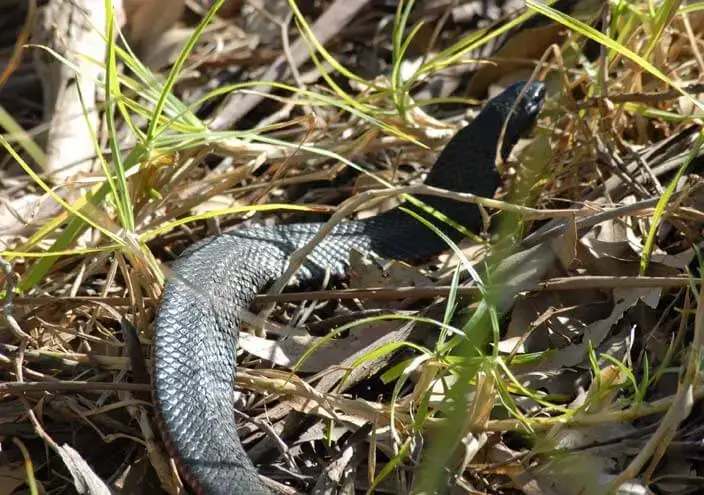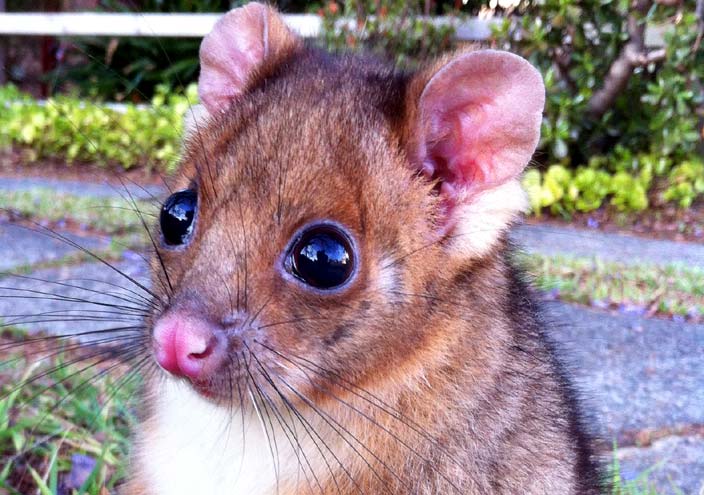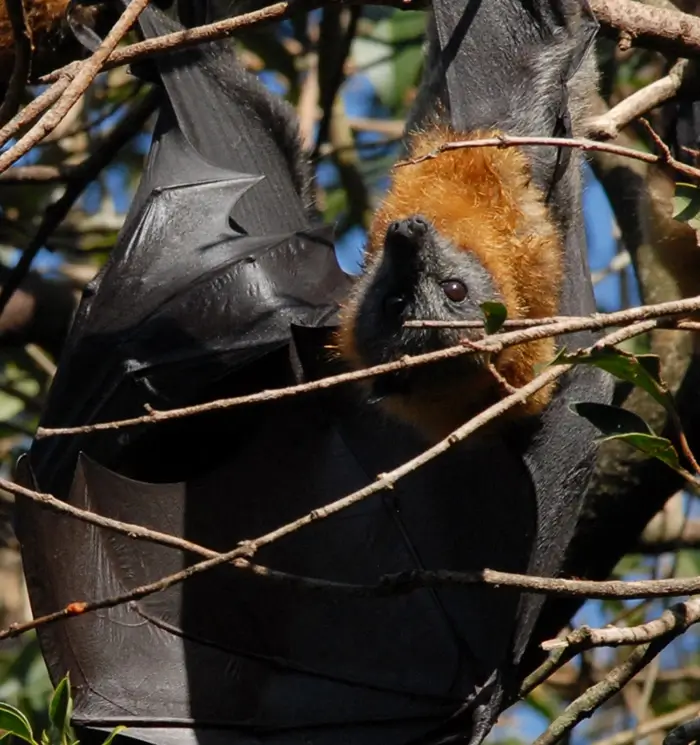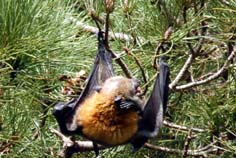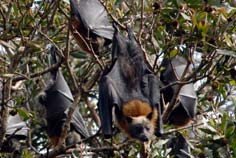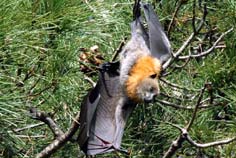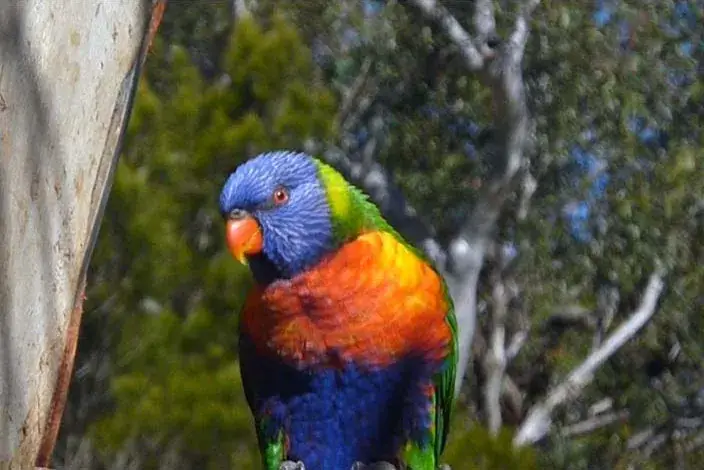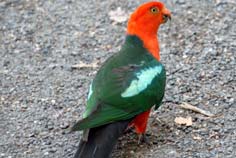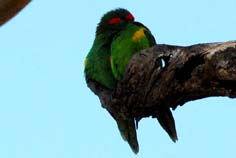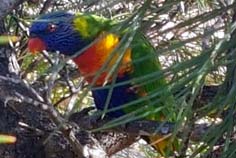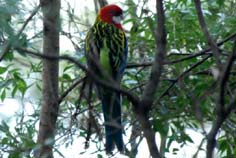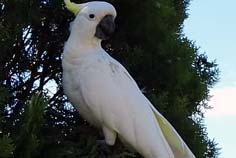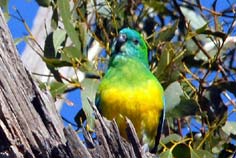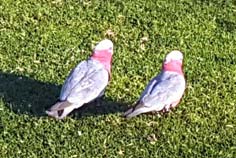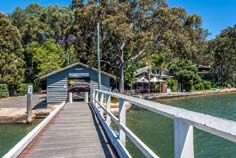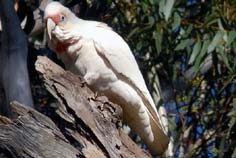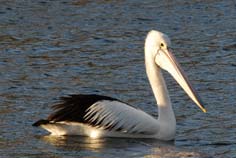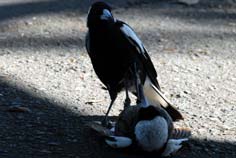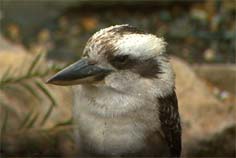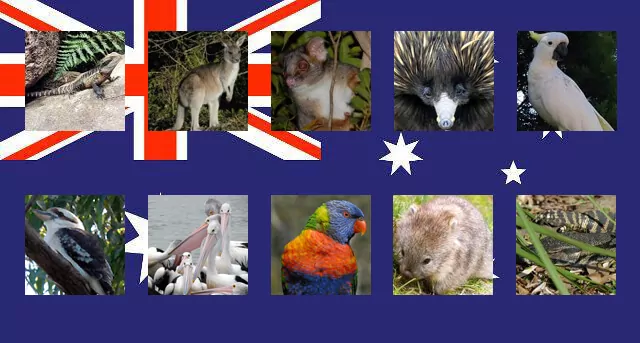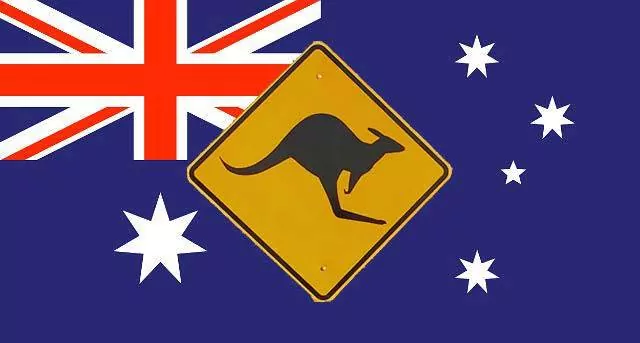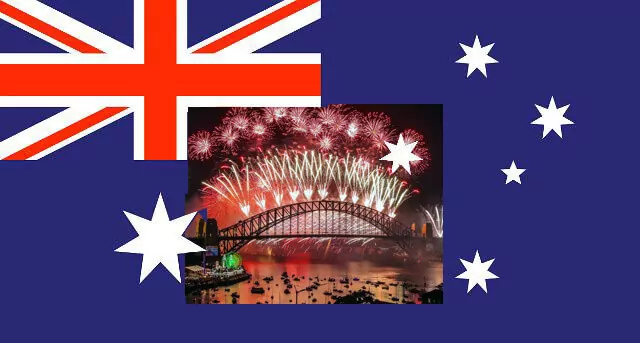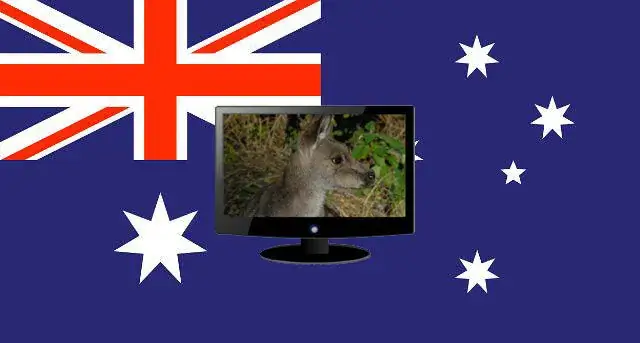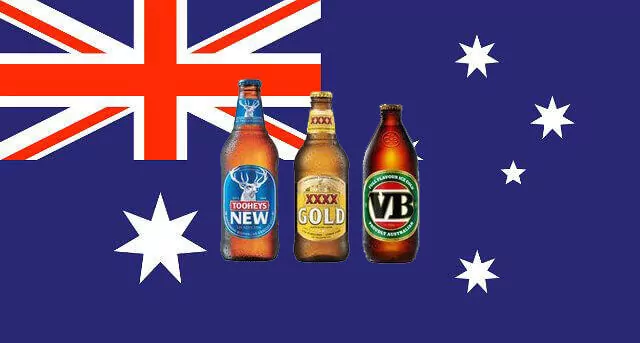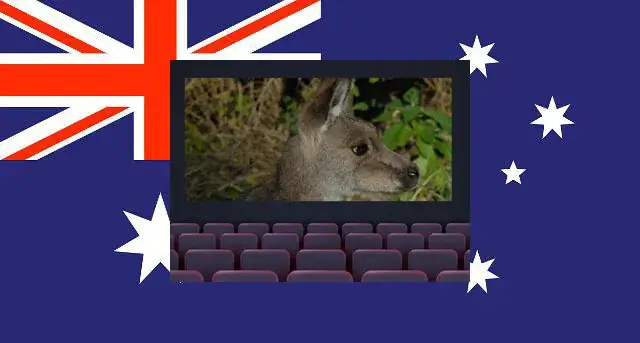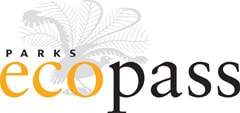Deadly Sydney animals
Deadly Sydney animals may not be front of mind when you think of Sydney. Possibly, you may think of our Opera House, Harbour Bridge, New Years Eve Fireworks or possibly, cute and cuddly animals. Whilst our city is all of these things, it is also home to some of the world’s most deadly animals. Unfortunately, many people associate Australia and its largest city with deadly animals. Whilst there are many deadly animals here, as a tourist, chances of dying after encountering a wild animal are extremely remote. Let us take you through the deadly animals that call Sydney home and then why you will be unlikely to die by any of them.
Deadly Snakes
Of the most deadly Sydney animals, 21 of the 25 most toxic snakes in the world live in Australia. Sydney is home to 4 of these. These are normally in bushlands in and around the city. When hiking in the bushland areas, ensure that you wear enclosed footwear and walk on the tracks rather than through think grass where possible. If walking through areas where you cannot see your feet, make plenty of noise as this will normally scare off the snakes. Never place your hands into tree hollows where you cannot see what is there. Snakes normally only attack when cornered or someone tries to pick them up or walk on them.
EASTERN BROWN (COMMON BROWN) SNAKE
The eastern brown snake (Pseudonaja textilis), aka the common brown snake, is a highly venomous snake. Considered the world’s second-most venomous land snake after the inland taipan, it is responsible for about 60% of snake-bite deaths in Australia and certainly on of our city’s most deadly animals. It grows up to 2.4 metres (close to 8ft). Whilst it has small fangs, it has significant bite. It is often found in tall grass around the outskirts of highly urbanised areas. It is generally a solitary animal and as such you will not normally see it with other snakes.
EASTERN TIGER SNAKE
Tiger snakes (Notechis scutatus) are a highly venomous snake species. These snakes are highly variable in their colour, named after the banding like those on a tiger. Tiger snakes give birth to 20 to 30 live young. Tiger snakes account for about 17% of snake bite deaths in Australia. We were lucky enough to see one of these on one of our tours.
DEATH ADDER
The common death adder (Acanthophis antarcticus) is a species of death adder native to Australia. It is one of the most venomous land snakes in Australia and globally. The common death adder feeds on frogs, lizards and birds. Unlike many Australian venomous snakes this snake stays in one place and waits for prey to come to it.
RED BELLIED BLACK SNAKE
The red-bellied black snake (Pseudechis porphyriacus) is a species of venomous snake endemic to the city and its surrounds. Averaging around 1.25 m in length, it has glossy black upper parts, bright red or orange flanks, and a pink or dull red belly. It is not an aggressive species and generally retreats from encounters with people, but can attack if provoked. Although its venom is capable of causing significant illness, no deaths have been recorded from its bite, which is less venomous than many other Australian snakes. It is the most commonly spotted snake in Sydney.
Deadly Spiders
Arguably the 2 most dangerous spiders in the world call Sydney home. Never pick up a spider. Sometimes spiders can live in shoes that are left outside. If leaving your shoes outside always check inside before putting them on. Funnel webs are often found in swimming pool filters.
FUNNEL WEB SPIDER
Many regard the funnel-web spider (Atrax robustus) as the world’s most venomous spider. Its bite is capable of causing serious illness or death in humans if left untreated. They are widespread throughout Sydney and you can often find them in swimming pool filters in people’s backyards. They can live underwater at the bottom of swimming pools for up to a week by carrying their own pouch of air. The Sydney funnel-web has a body length ranging from 1 to 5 cm. They are glossy and darkly coloured. It is another of our city’s most deadly animals.
RED BACK SPIDER
The redback spider (Latrodectus hasselti), also known as the Australian black widow is a species of highly venomous spider. The adult female is easily recognised by her spherical black body with a prominent red stripe on the upper side of her abdomen and an hourglass-shaped red/orange streak on the underside. Females usually have a body length of about 1 cm, while the male is much smaller, being only 3–4 mm long.
Deadly Sharks
The world’s 3 most dangerous sharks are found in the waters in and around Sydney. Most shark attacks in Australia are at dusk and dawn and are on surfers whom the shark mistakes for seals. With this in mind, it is best not to go swimming at these times in unprotected swimming areas.
BULL SHARK
The bull shark (Carcharhinus leucas) icommonly lives worldwide in warm, shallow waters along coasts and in rivers. It is aggressive in nature and lives in warm, shallow, brackish and freshwater systems including estuaries and rivers. Bull sharks thrive in both salt and fresh water and can travel far up rivers.
GREAT WHITE SHARK
The great white shark (Carcharodon carcharias), also known as the great white, white shark or “white pointer”, is notable for its size, growing to 6.1 m in length. They can live to 70 years or more. Great white sharks can swim at speeds of 25 km/hr for short bursts and to depths of 1,200 m. The great white shark has no known natural predators other than, on very rare occasions, the killer whale. It is arguably the world’s largest-known extant macropredatory fish, and is one of the primary predators of, up to the size of large baleen whales. It is responsible for more recorded human bite incidents than any other shark. Again, it is one of the most deadly Sydney animals.
TIGER SHARK
The tiger shark (Galeocerdo cuvier) is a large macropredator, capable of attaining a length over 5 m. Its name derives from the dark stripes down its body, which resemble a tiger’s pattern, but fade as the shark matures. The tiger shark is a solitary, mostly nocturnal hunter. Though tiger sharks are sometimes taken by groups of killer whales. Due to finning and fishing by humans, it is now a near threatened species. The tiger shark is second only to the great white in recorded fatal attacks on humans.
Other Deadly Sydney Animals
BLUE RINGED OCTOPUS
Blue-ringed octopuses, comprising the genus are four highly venomous, species, of octopus. They are easily identifiable by their yellowish skin and characteristic iridescent blue and black rings that change color dramatically when something threatens the animal. The Blue ringed octopus is one of the world’s most venomous marine animals. They are 12 to 20 cm and are dangerous to humans if provoked. They can inject enough venom to kill a small child.
The advice here is not to be picking up rocks in small rock pools and not to be placing hands in areas of these small rock pools where you can’t see.
HONEY BEE
Of all the deadly animals in the area, the one responsible for more deaths than any of those already listed above. The honey bee (Apis mellifera) is around 15mm long, golden-yellow, oval-shaped with brown bands. Normally 100 honeybee stings can kill a human, however, a single sting can be fatal to someone with allergies which is why they make this list. Whilst not native to Australia, the Honeybee is Australia’s deadliest insect and Sydney’s most deadly wild animal.
CROCODILES
Contrary to what I have read elsewhere on the internet, there are no crocodiles in Sydney with the exception of a few zoos. If you wish to see these deadly animals in the wild, you will need to go to QLD, WA or NT.
STONEFISH
You may have heard about the Stonefish. If you step on one, it is quite likely you will end up on hospital or dead. Fortunately, these are not found in Sydney. However, if you travel to Northern Queensland you will need to be careful.
IRUKANJI JELLYFISH
You may also have heard about the Irukanji Jellyfish, one of the most venomous jellyfish in the world. They are only 1cm long but their sting can kill a person. Fortunately, there are none in Sydney. However, if travelling to the Central Queensland coast you will need to take care where you swim. They are generally not found on the reef.
MOSQUITOS
Mosquitos worldwide kill more people than all other animals combined. However, whilst mosquitos in Sydney can be a pain in the neck, none are deadly nor do they carry serious disease. In other parts of the country there are some serious and potentially fatal mosquito borne diseases such as Murray Valley Encephalitis, Ross River Fever and Dengue Fever. However, there have been no known mosquito related deaths in Australia since Malaria was eradicated in 1981.
Other Deadly Animals
Sydney is one of the safest cities of its size in the world. It does not have the violent or gun related crime as is the case in many US cities. However, there are a few things that visitors should know to keep safe.
In Sydney, we drive on the left hand side. For international drivers not used to driving on this side of the road, this can cause problems that end in fatalities.
In Australia, most Australians learn to swim at an early age. We also learn about rips in the ocean. These are strong currents that can drag an unwary swimmer out to sea.
Conclusion
Whilst there are more deadly Sydney animals than one would expect in an average city, the chances of seeing any of them in the wild during your visit are next to nil. Even less than that are the chances of dying from one of these deadly animals.
87 people die by drowning each year in the whole of Australia
During the period 2000 to 2010 the following shows the number of animal deaths:
- Horses (77) [incl ponies & donkeys]
- Cows (33) [incl all bovines, 16 by causing car accidents]
- Dogs (27) [children under four years old and in elderly people]
- Kangaroos (18) [mostly related to car accidents]
- Bees (16) {people with allergies]
- Sharks (16)
- Snakes (14)
- Spiders (0)
If that doesn’t convince you then have a look at the following statistics.
- 58 people die in Australia from falling out of bed every year;
- 715 people die from slipping, tripping or tumbling in Australia per year;
- 1,500 people die in Australia per year in road accidents.
As you can see, less than one person per year dies from the teeth, fangs, stingers or tentacles of our deadly Sydney animals on average in the whole of Australia. The chances of dying from one of Sydney’s deadly animals are far less.
That being said, if you see a snake in the wild, back away slowly. Don’t try and touch wild animals, especially any on this list. Don’t go swimming at dusk or dawn in known shark habitats. Swim between the flags at patrolled beaches and understand rips.
Not so deadly animals that can cause pain
Apart form the animals listed, there are still blue bottles, mosquitoes, ants and ticks that reside in Sydney that can cause you pain.
Blue bottles live in our oceans and often wash up on our beaches. They have a nasty sting. If stung, best idea is to go to the surf life savers who may have vinegar or similar to put on the sting.
Mosquitoes are common in summer, especially around areas with stagnant waters and are particularly prevalent at dusk and dawn. Whilst those in Sydney are unlikely to cause disease, they can be an annoyance ad their bites can cause pain. There are various insecticides that can be used to warn them away.
Ants can bite and sting and are sometimes found in great numbers. So be careful not to launch your picnic on top of an ants nest.
Ticks live in bushy areas. They will find the warmest parts of your body (arm pits, groin, hair). So if walking through the bush, check yourself thoroughly afterwards. Leaving ticks in can cause infection and Lyme disease.
STING RAY FALLACY
You may have heard that a sting ray killed Steve Irwin. In fact, it was a freak accident. Generally, sting rays are mostly harmless. In Steve’s case, he was swimming right on top of the sting ray and it struck its barb straight into his heart and ultimately he bled to death.
You may also like to know more about our Sydney wildlife tours. Whilst this page was about the more deadly of our Sydney wildlife, the city and its surrounds offer some of the most beautiful and captivating wildlife in the world.
Sydney is one of the safest cities in the world. Australia does not have the same gun crime associated with US cities and muggings and pickpocketing are rare.
Stay safe in Sydney.
